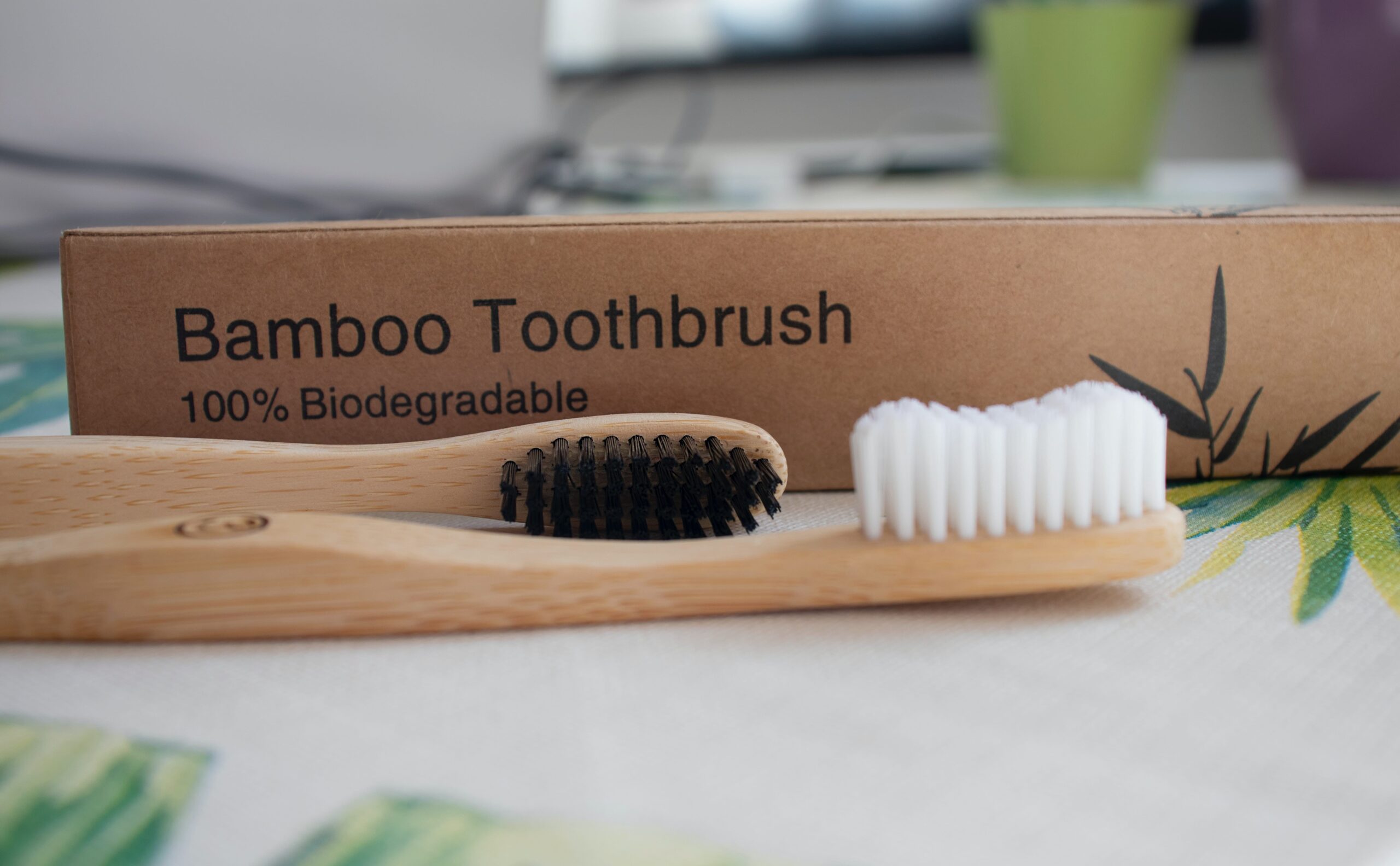Climate change is an issue that every industry needs to address. Dentistry isn’t an industry that contributes enormously to climate change, but there are areas that can be improved upon. Now, professionals across dentistry have been identifying some of the aspects and treatments that are increasing emissions. All of us, from clinicians to patients, can play a role in helping the environment.
The issue of climate change continues to cause concern across multiple industries, with dentistry being no exception. While we may not think of dentistry as being particularly harmful to the environment, there is still room for improvement.
Environmental issues have been at the forefront of the media this week, in light of the COP26 meeting. COP26 is an event that has brought together world leaders, in an effort to tackle climate change [1].
Key figures in dentistry are having to identify ways of improving the industry’s carbon footprint. Within healthcare, there are some major contributory factors to climate change, some of which are heavily used in dentistry.
Background
Healthcare in general has been deemed to be “not sustainable due to rising financial costs, increasing demands and a high environmental burden” [2]. As a result, every healthcare industry needs to lower emissions.
Medical professionals have been trying to raise awareness of the emissions caused by healthcare. This involves educating both colleagues and patients.
Within dentistry, one of the main barriers to this is that many dental professionals have a lack of knowledge on how to be environmentally sustainable [2]. However, there are signs that this could improve.
Dr. Samantha Green is a Family Physician and a member of the board at the Canadian Association of Physicians for the Environment. This organisation is made up of a group of physicians that are aiming to tackle the impact that the healthcare industry has on the environment.
Green stated that healthcare emissions contribute to 5% of Canada’s overall greenhouse gases [3]. This is a considerable amount. But, several other industries contribute in far larger ways.
Green says that healthcare can do more to “lower those emissions and hopefully, therefore, decrease climate-related injury, climate-related illness and climate-related death” [3].
How does healthcare contribute to emissions?
There are three main areas in healthcare that contribute to environmental issues. For instance, inhalers are one. The second and third, anesthetic gases and nitrous oxide, are used in dentistry.
Inhalers
An inhaler is a small device that has been used for years by millions of people. Inhalers help treat conditions that involve breathing difficulties. For instance, these include asthma and chronic obstructive pulmonary disease.
Despite being small in size, inhalers cause a big environmental impact. This is because many old-style inhalers are still in circulation. These inhalers contain high levels of a group of greenhouse gases called hydrofluorocarbons [3].
When an inhaler is puffed on, every release causes greenhouse gases to be emitted into the air. Shockingly, 100 puffs of a single old-style inhaler almost contributes the same amount of emissions as a 300-kilometre car journey does [4].
Too many inhalers are being prescribed, only heightening the level of emissions being released. As a result, many professionals are calling for more patients to adopt a more modern style inhaler, which is a dry-powder inhaler [3].
Moreover, clinicians are being urged to only prescribe inhalers when necessary. When these inhalers are prescribed, they should always be a newer-style inhaler, which is much more environmentally-friendly.
Anesthetic gases
Inhalers may not be used in dentistry, but anesthetic gases can be. Anesthetic gases are typically used to make a patient unconscious or numb ahead of a complex procedure. Among the most commonly-used gases are sevoflurane and desflurane [3].
The gases used however have a horrific effect on the environment. For instance, one hour of sevoflurane adds as many emissions to the environment as a 50-kilometre car journey does. Even worse, an hour of desflurane use equates to a 370-kilometre car journey in terms of emissions [4].
Dr. Ali Abbass is an anesthesiologist at St. Joseph’s Health Centre in Toronto [3]. He says that specialists and anesthesiologists need to use the lowest amount of these gases possible for environmental purposes [3].
Abbass also said that in some cases, clinicians could use other options. For example, a local anesthetic, which would emit fewer emissions. Abbass used the example of someone having arm surgery. Instead of using anesthetic gas, a topical anesthetic administered solely to the arm can achieve the same thing, albeit by using far fewer emissions [3].
Moreover, intravenous anesthetics are also an environmentally-friendly alternative. This is where anesthetic is delivered directly to the veins [3].
This week, the World Federation of Societies of Anaesthesiologists released a statement that urged anesthesia providers around the world to do whatever they could to improve environmental sustainability in their practices [5]. For example, using gases that have less impact on the environment [5].
Nitrous oxide (laughing gas)
Nitrous oxide, also known as laughing gas, also has a negative impact on climate change. Studies have showd that in Ontario, in 2015 alone, nitrous oxide was responsible for approximately 80,000 tonnes of emissions being emitted [3].
Dr. Michelle Wong is the Director of the Graduate Specialty Program in Dental Anesthesia at the University of Toronto. She noted that clinicians are largely moving away from the use of nitrous oxide [3]. Because of the recovery involved with anesthetic gases, intravenous use can be better in many ways.
Wong did note however that a big issue is that many patients have a fear of needles. Needles are the tools used to administer intravenous anesthesia, unlike anesthetic gases, which are delivered through oxygen masks.
It does seem that the dental industry is making strides towards reducing the emissions associated with nitrous oxide, according to Wong [3]. But there is still work to be done.
What can be done?
All of us can do something to help. In our day-to-day lives, we can do simple things like walking or cycling more, using public transport wherever possible, and ensuring we recycle.
In terms of healthcare, we can follow the advice set out in the above areas, and try to reduce emissions. Efforts are already being made, with many hospitals attempting to reuse and recycle IV bags, oxygen masks and surgical tools [3]. Overall, they are trying to cut down on resources.
Recent research has suggested that improving air quality and reducing climate change can lead to millions of deaths being prevented in North America over the next 50 years [6]. Therefore, it is clear that it is crucial to contribute towards combating climate change.
Ultimately, everyone has a part to play. We all need to do our part for the environment and to safeguard future generations.
Here at Taradale Dental, we will be doing our utmost to adopt more environmentally-friendly practices, with the aim of doing our best to contribute in the overall fight against climate change.
What we offer at Taradale Dental
Taradale Dental is a dental clinic based in Calgary, Alberta, Canada. We offer many services, including regular check-ups, cavity fillings, root canals and some cosmetic services.
Any dental problem should be addressed early, and can be identified at check-ups. This helps to prevent the problem getting worse. So, when further treatment is needed after a check-up, we provide our patients with a clear treatment plan.
The best way of avoiding extra treatment is to have strong oral hygiene. This includes brushing our teeth at least twice a day, flossing regularly, and getting a dental check-up at least twice a year. Avoiding sugary foods and drink and not smoking also helps.
Our Calgary-based dental clinic Taradale Dental also follows the Alberta Dental Fee Guide. This means our prices are competitive, transparent and affordable.
We would love you to visit us here at taradaledental.ca soon! You can see more about us by visiting our website https://taradaledental.ca.
References
[1] BBC News. (2021). COP26: What is it and why is it happening in Glasgow in 2021?. Available: https://www.bbc.co.uk/newsround/51372486. Last accessed: 6th November 2021.
[2] Duane, B., Harford, S., Ramasubbu, D., Stancliffe, R., Pasdeki-Clewer, E., Lomax. R. & Steinbach, I. (2019). Environmentally sustainable dentistry: a brief introduction to sustainable concepts within the dental practice. British Dental Journal. 226: p292–295.
[3] Pelley, L. (2021). Swap your inhaler, skip the laughing gas: How patients can help curb health-care emissions. Available: https://www.cbc.ca/news/science/healthcare-emissions-1.6234268. Last accessed: 6th November 2021.
[4] Centre for Sustainable Health Systems. (2021). CoP Sustainable Inhaler Initiative. Available: https://www.sustainablehealthsystems.ca/copsustainableinhalerinitiative. Last accessed: 6th November 2021.
[5] World Federation of Societies of Anaesthesiologists Global Working Group on Environmental Sustainability in Anaesthesia. (2021). Principles of environmentally-sustainable anaesthesia: a global consensus statement from the World Federation of Societies of Anaesthesiologists. Anaesthesia: Peri-operative medicine, critical care and pain. Online version [pre-release]: https://associationofanaesthetists-publications.onlinelibrary.wiley.com/doi/10.1111/anae.15598. Last accessed: 6th November 2021.
[6] Pelley, L. (2021). Curbing air pollution could prevent millions of deaths in North America over next 50 years. Available: https://www.cbc.ca/news/science/curbing-air-pollution-could-prevent-millions-of-deaths-in-north-america-over-next-50-years-1.6232730. Last accessed: 6th November 2021.



